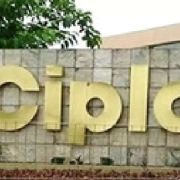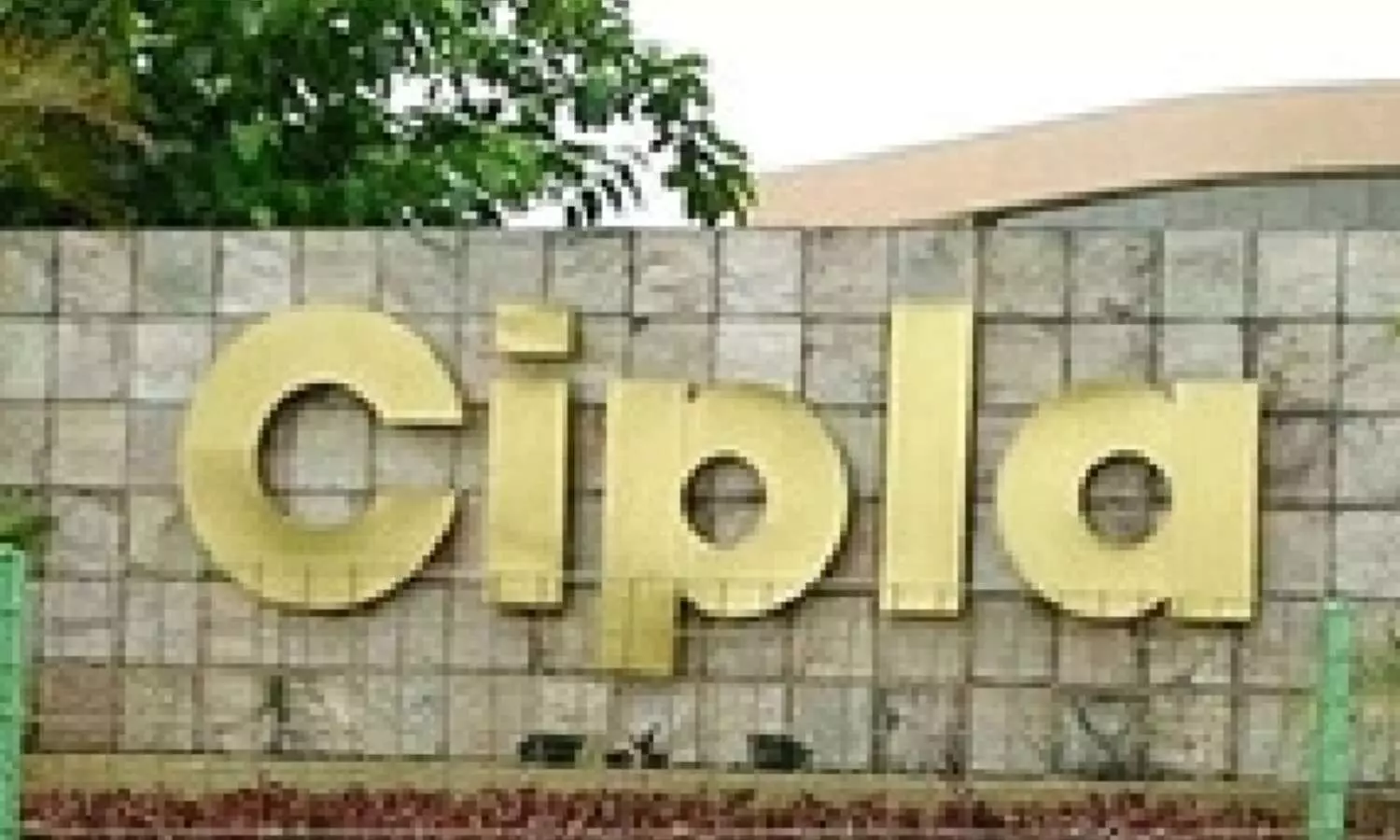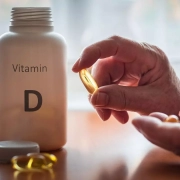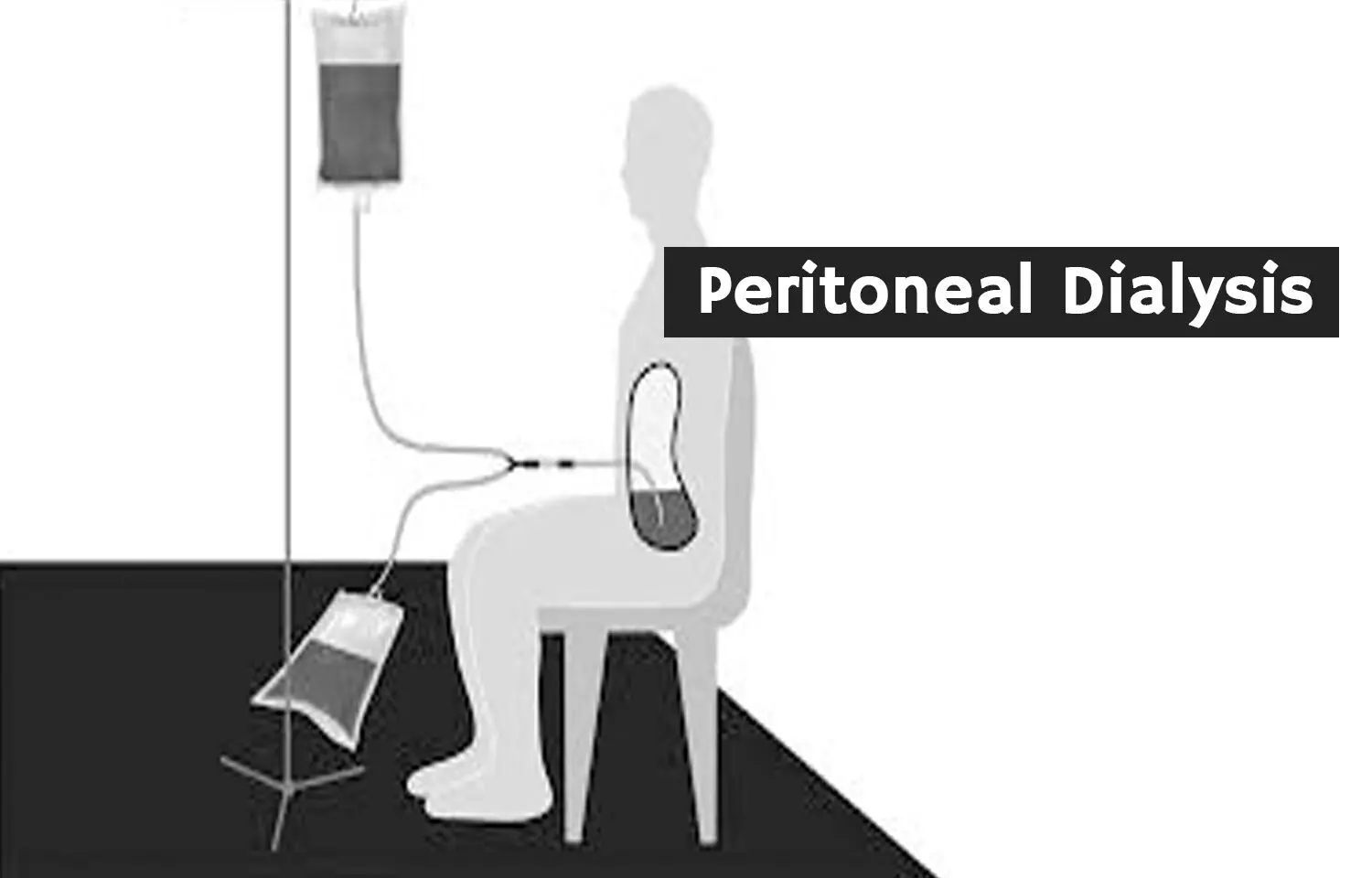Revolutionizing Overactive Bladder Treatment: Digital Conversational Agent Offers Promising Results

In a pioneering study conducted by Renalis University Hospitals in Cleveland, Ohio, a novel approach to treating overactive bladder (OAB) has emerged with the use of a digital conversational agent named CeCe. They found that CeCe’s role as a digital conversational agent emerged as a promising solution, effectively alleviating the severity of OAB symptoms and enhancing the overall quality of life for patients.
The study results were published in the journal UroGynecology.
Overactive bladder (OAB) syndrome stands as a persistent medical condition significantly impacting the quality of life for a considerable portion of the population. It disrupts the activities of daily living and many individuals refrain from seeking medical assistance. As conservative therapy is effective in the management of overactive bladder, researchers conducted a prospective observational trial to evaluate the efficacy of digital conversational agents for the treatment of Overactive bladder.
In this prospective observational trial, a digital conversational agent developed by Renalis University Hospitals in Cleveland, Ohio, was employed for OAB treatment. Patients accessed CeCe over 8 weeks, receiving guidance on bladder training, pelvic floor exercises, and comprehensive information on bladder health. The primary objective was to assess a reduction in the International Consultation on Incontinence—Overactive Bladder Quality-of-Life Questionnaire (ICIQ-OAB-QoL) score from week 1 to week 8. Additionally, patients completed the 36-item Short-Form Health Survey and Generalized Anxiety Disorder Questionnaire at the same intervals, along with voiding diaries at weeks 1, 4, and 8. A power analysis indicated that a total of 30 patients were necessary to demonstrate a significant difference in symptom scores post-CeCe use, with 80% power and an α error of 5%.
Findings:
- All data collection was completed by 29 patients. There was a significant difference in ICIQ-OAB-QoL scores between weeks 1 and 8 (62 [IQR], 49–75) compared to 32 [IQR, 24–43]; P < 0.001).
- Patients also noted a decrease in frequency before and after treatment (7 [IQR, 6–10] vs. 5 [IQR, 4–7]; P = −0.04), diminished nocturia (2 [IQR, 1–3] vs. 1 [IQR, 1–2]; P = 0.03), and a substantial reduction in urge urinary incontinence (2 [IQR, 1–5] vs. 0 [IQR, 0–3]; P = 0.04).
- Additionally, a noteworthy decline in alcohol consumption from 24 oz [IQR, 12–36 oz) in week 1 to 14 oz (IQR, 9–22 oz]; P = 0.02) in week 8 was noted.
Powered by WPeMatico























